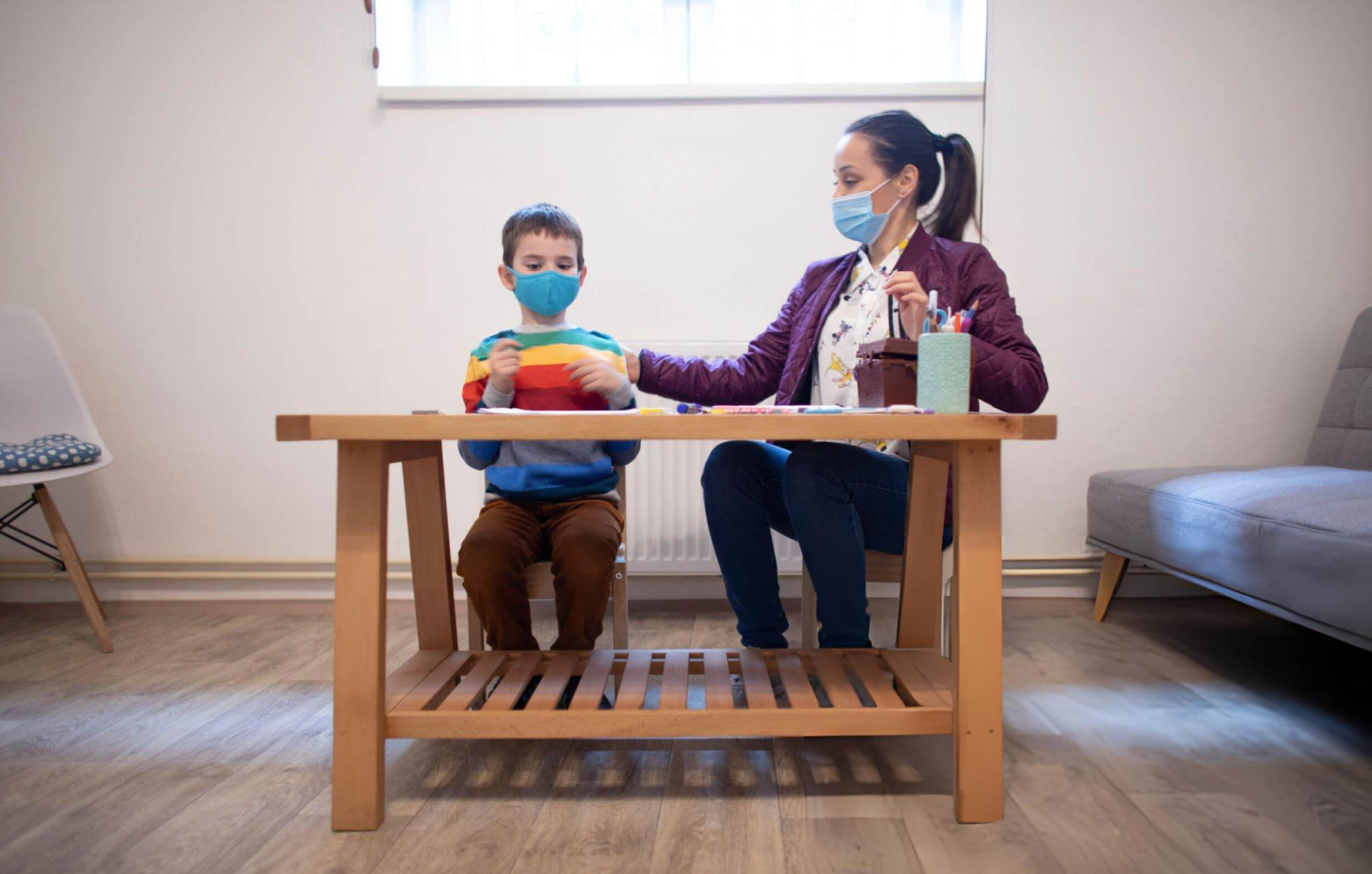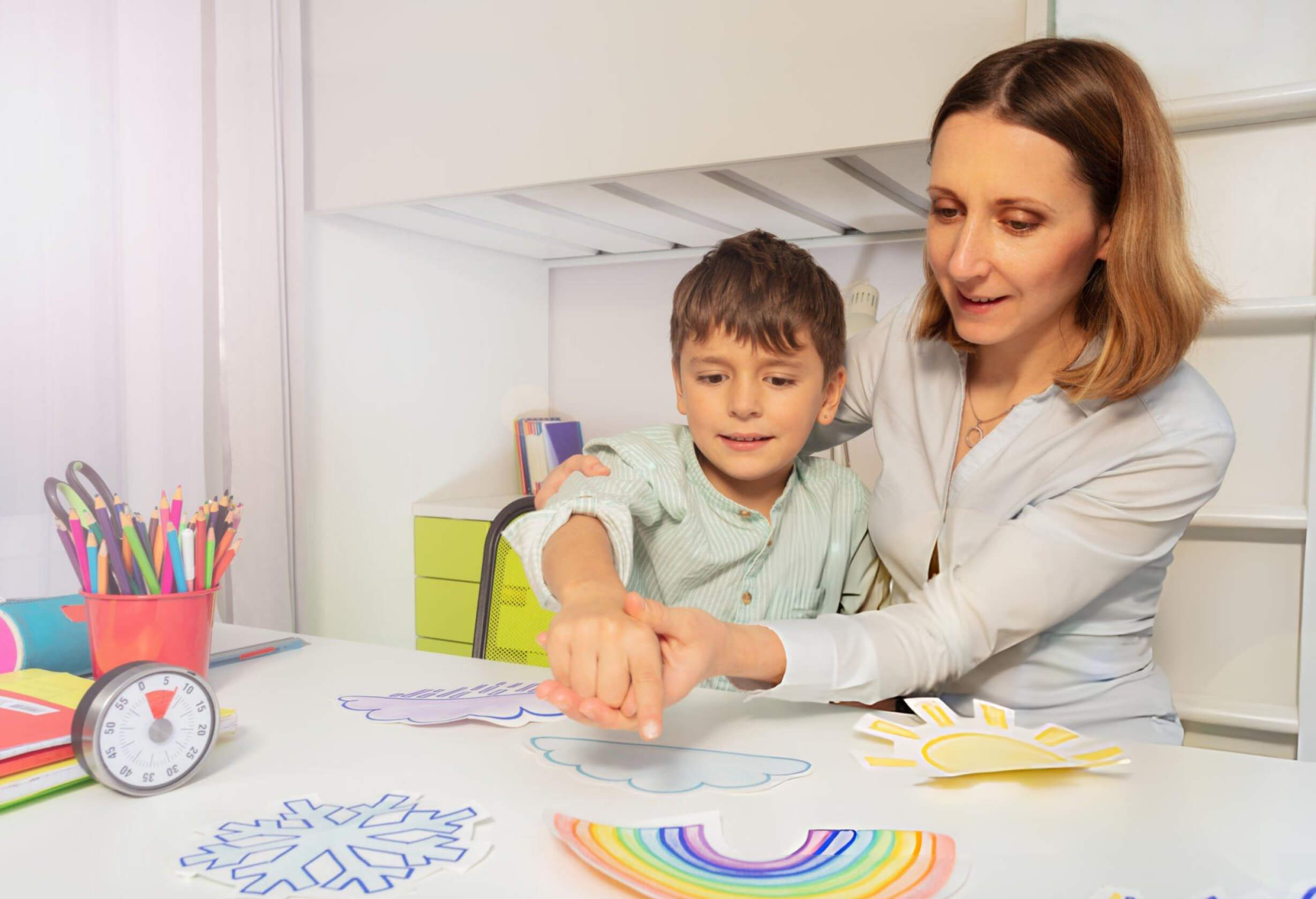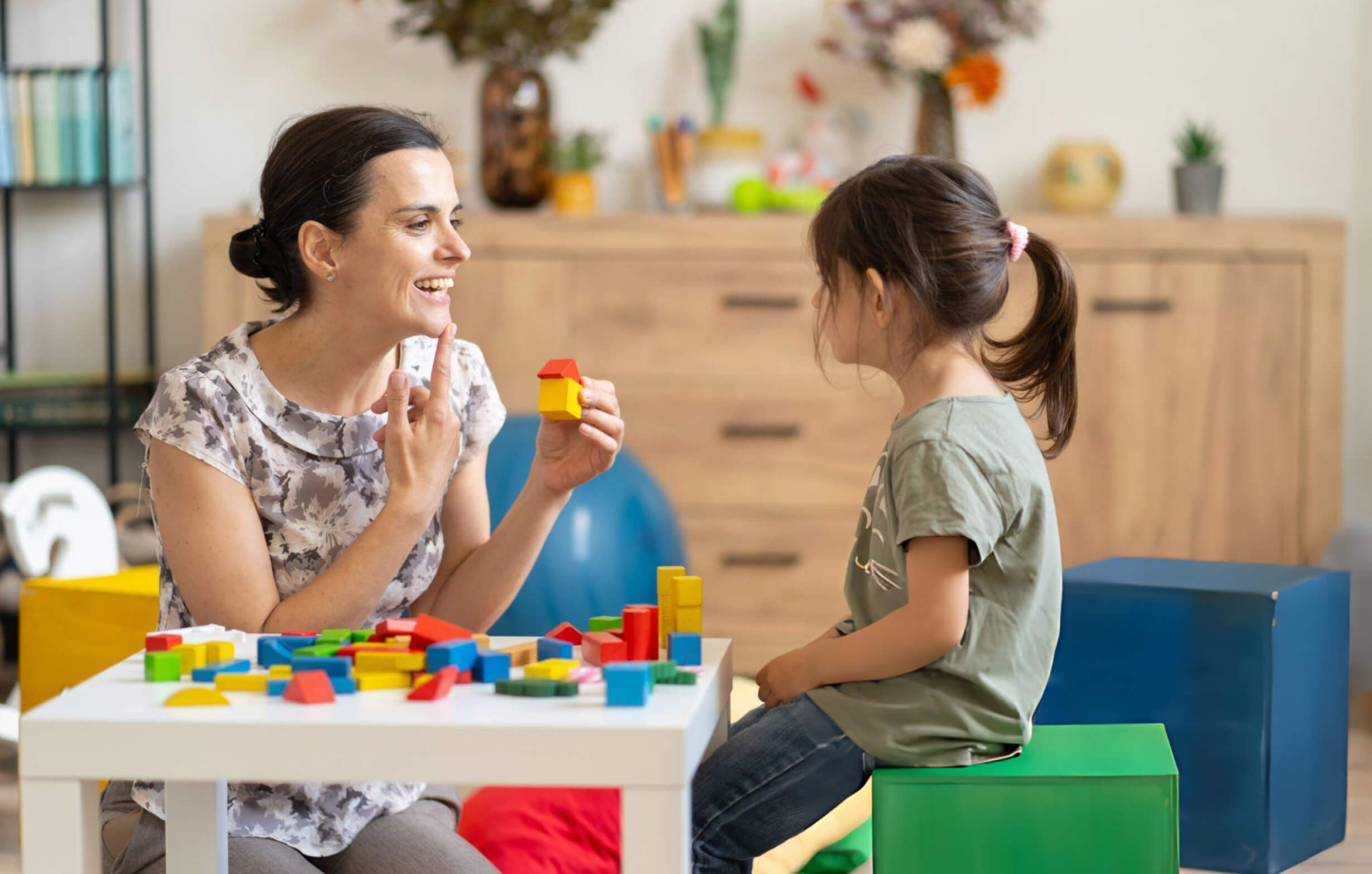Blog Details

Creating Safe Spaces for Autistic Children
Creating safe spaces for autistic children is essential for their growth, comfort, and emotional well-being. A thoughtfully designed environment can help reduce anxiety, minimize sensory overload, and encourage positive interactions. Start by keeping the space clutter-free and organized, using soft colors and gentle lighting to create a calming atmosphere. Sound control is also important; using noise-canceling materials or white noise machines can reduce disruptive background sounds. Incorporating sensory-friendly elements like textured walls, soft furnishings, and quiet corners offers children a sense of security and choice. Personalized spaces where children can retreat if they feel overwhelmed help build trust and emotional safety.
Involving the child in designing their space can further empower them, making the environment feel familiar and comforting. Safety-proofing the area is equally important, with clear pathways and secure storage for potentially harmful items. A safe space encourages independence while providing the right level of support and predictability. Caregivers, teachers, and therapists should work together to maintain consistency, ensuring the space evolves with the child's needs. Ultimately, a nurturing environment not only supports learning but also helps autistic children feel valued, understood, and truly at home in their surroundings.
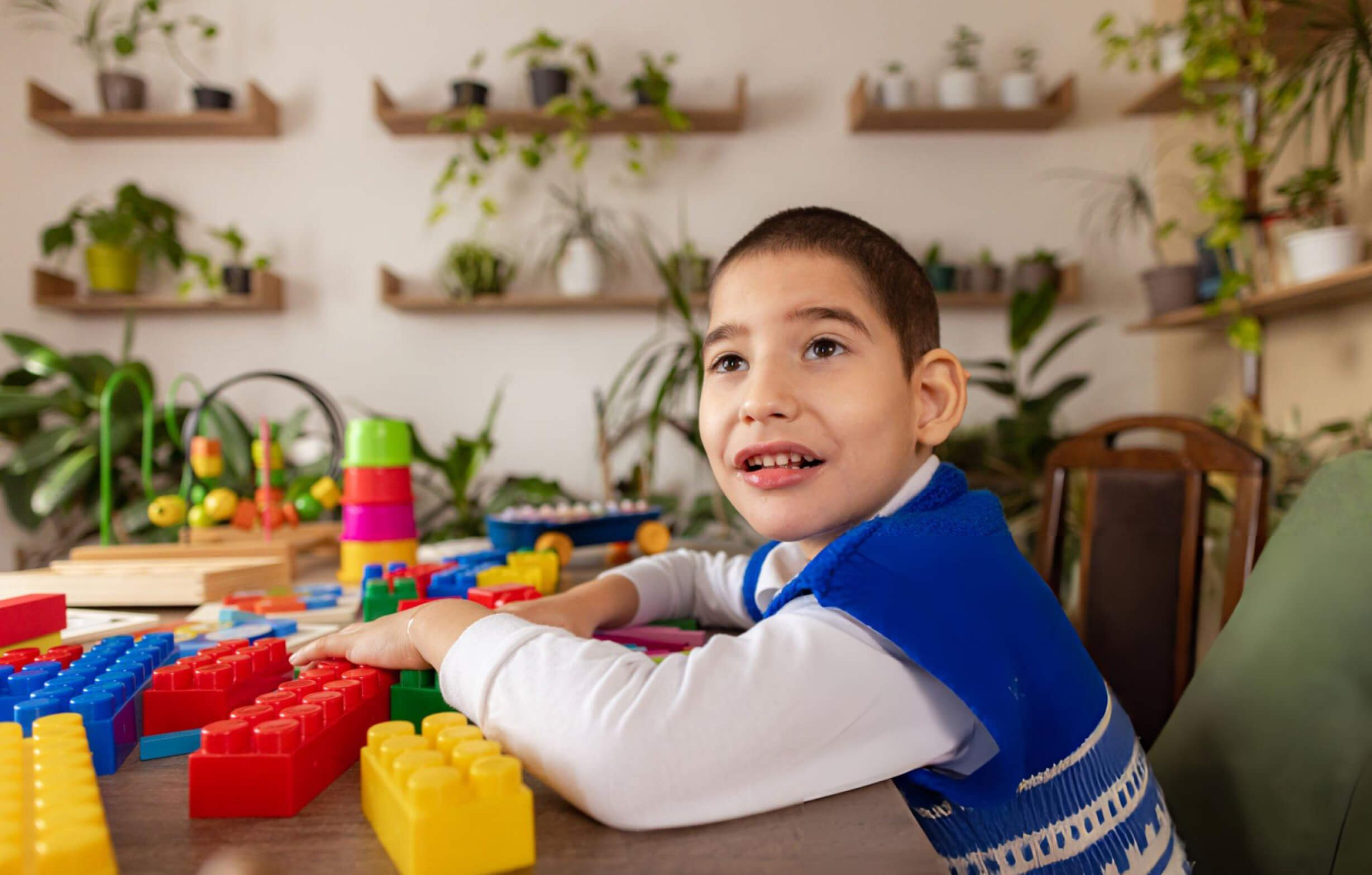
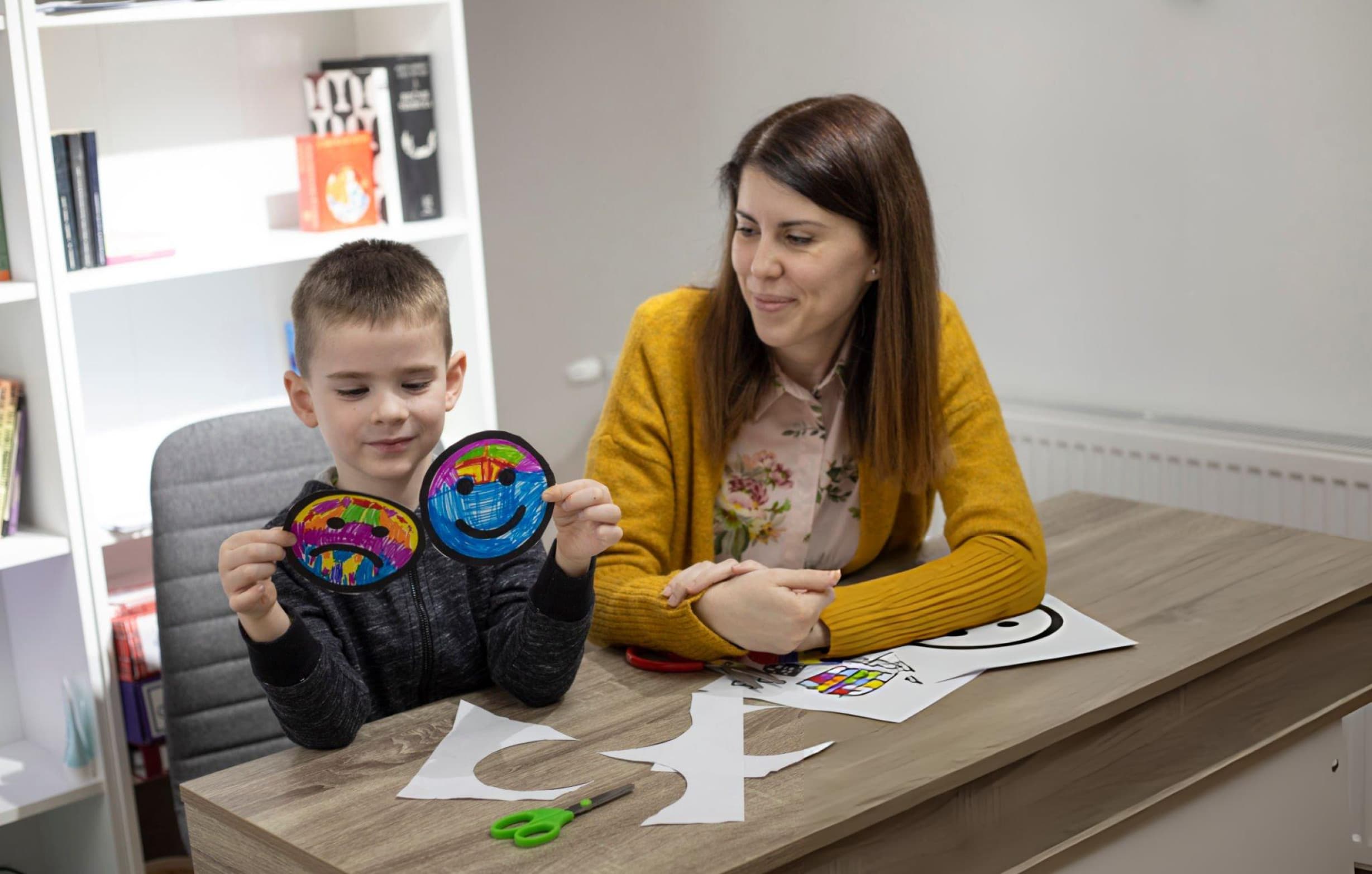
Beyond the physical design, emotional safety plays a crucial role in creating these supportive environments. Caregivers and educators should foster a positive atmosphere filled with patience, understanding, and encouragement. Predictable routines within the space can ease transitions and provide comfort in daily activities. Visual schedules and clear instructions can help autistic children feel more in control and less anxious about what comes next. Additionally, including sensory-friendly activities such as soft play, tactile toys, or calming music can provide healthy outlets for expression and self-regulation.
A safe space nurtures confidence, allowing every autistic child to grow, explore, and truly feel at home.
Child Development Specialist
Dr. Emily Carter
Regularly assessing and adapting the environment based on the child's feedback ensures it remains a place of comfort as they grow. Remember, a safe space is not just about physical safety — it's about emotional security, trust, and creating a place where autistic children feel free to be themselves without fear of judgment.
Building safe spaces is also about community involvement. When family members, therapists, and educators collaborate, the environment becomes richer and more responsive to the child’s unique needs. Outdoor areas can also be adapted, with sensory gardens, quiet zones, and safe play equipment to support exploration and relaxation. Encourage positive social interaction by setting up comfortable group spaces while also respecting the child’s need for solitude. Regularly updating the space based on developmental milestones helps keep it effective and engaging. Most importantly, celebrate every small victory within this safe environment — it reinforces the child’s confidence and promotes lasting emotional well-being.
Creating safe spaces for autistic children is not just a one-time setup — it’s an ongoing process that evolves with the child’s growth and changing needs. As children develop, their sensory preferences and sensitivities may shift, so it's important to regularly observe and adjust the environment accordingly. Introducing flexible areas that can be easily rearranged allows for adaptability, supporting both quiet, individual moments and interactive, social activities. Natural elements like sunlight, indoor plants, and fresh air can greatly enhance the calming effect of a space, fostering better concentration and emotional balance.
Educating family members and peers about the importance of these safe environments also plays a vital role. When everyone understands how the space supports the child, they can contribute to maintaining its positive energy. Encouraging respectful behavior, patience, and empathy helps create a truly inclusive atmosphere. Furthermore, digital tools such as interactive learning tablets and visual aids can be thoughtfully integrated, offering both educational value and sensory engagement.

Daniel Morgan
Author
Thank you for sharing your knowledge! Your insights are truly valuable and will help many farmers succeed.

Sustainable Farming Practices
By Jhon Smith

Water Conservation In Agriculture
By Emily Parker
Popular Comments
let’s See Our Clients Comments. We Have more then 2563+ Global Clients

Alex Turner
5 Minute Ago
Fantastic article! The eco-friendly farming tips are practical and easy to apply on my farm.

Noah Brown
10 Minute Ago
Fantastic article! The eco-friendly farming tips are practical and easy to apply on my farm.

Alex Turner
5 Minute Ago
Fantastic article! The eco-friendly farming tips are practical and easy to apply on my farm.
Leave a Reply
Send Message
Latest News & Articles

Creating Safe Spaces for Autistic Children
Every child deserves love and safety, especially those with needs.
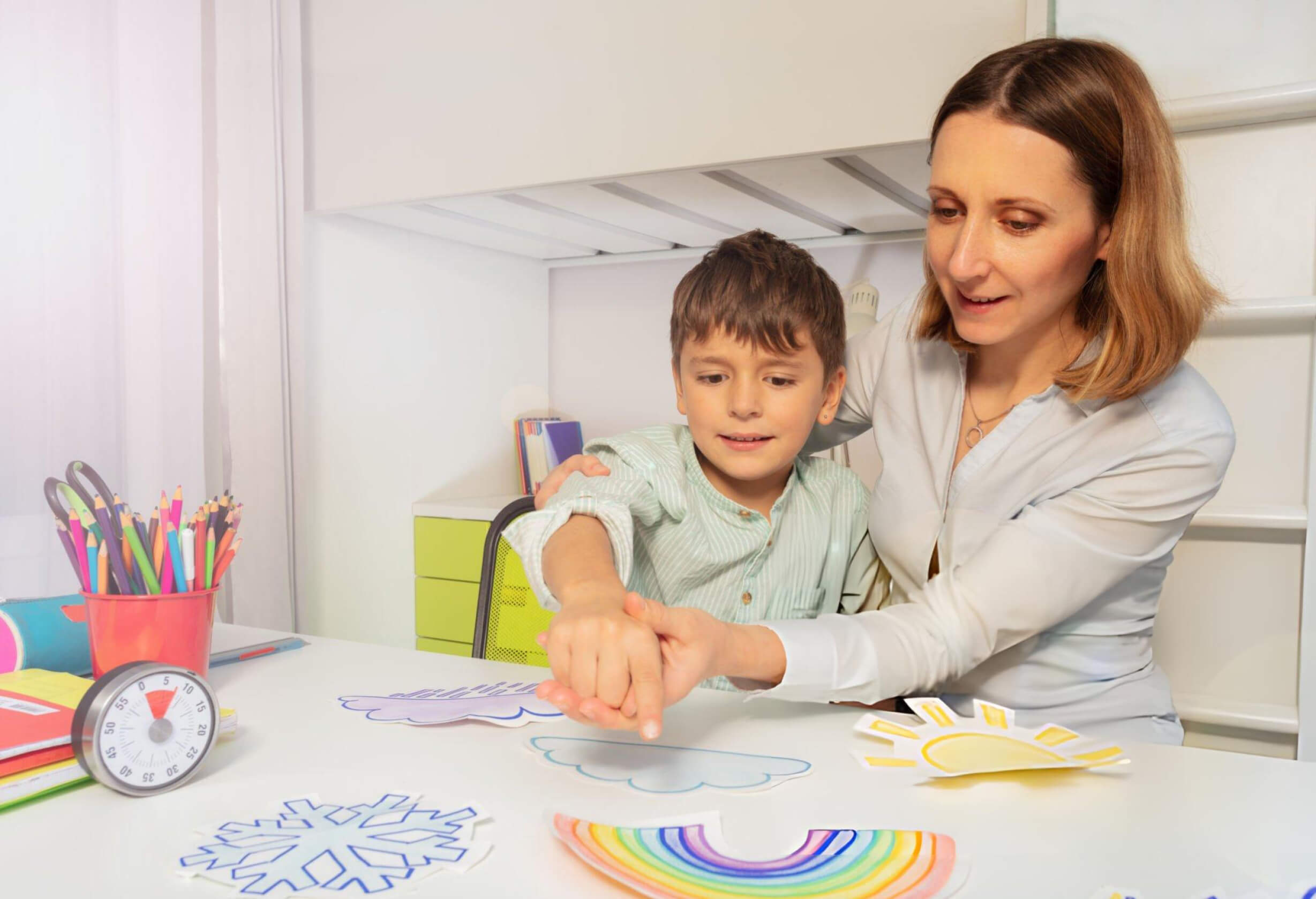
Building Daily Routines That Bring Comfort
Routines help autistic children feel secure and balanced.
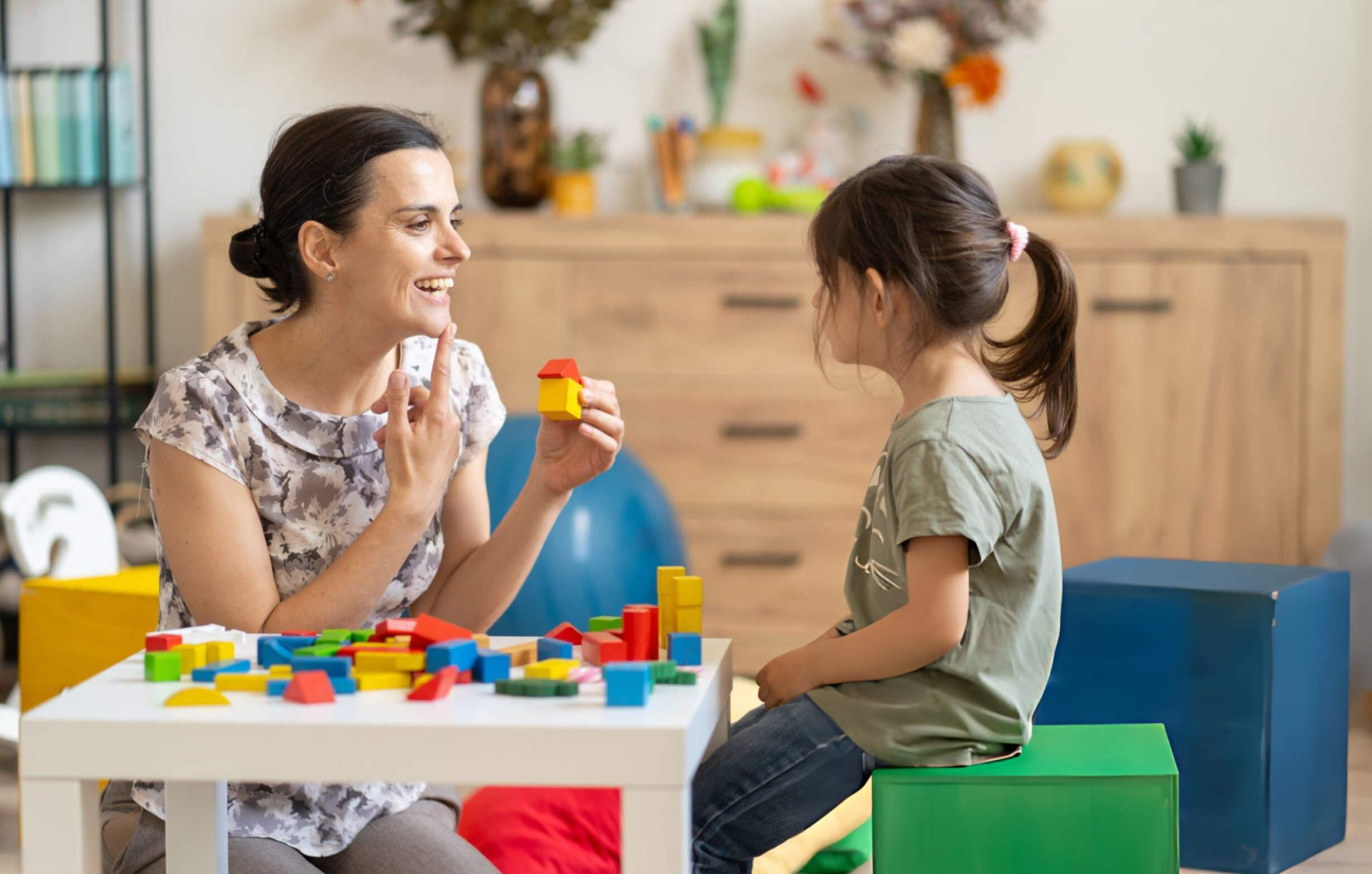
Understanding Sensory Processing in Young Minds
Understanding sensory sensitivity signs aids in comfort and reduces overwhelm.

